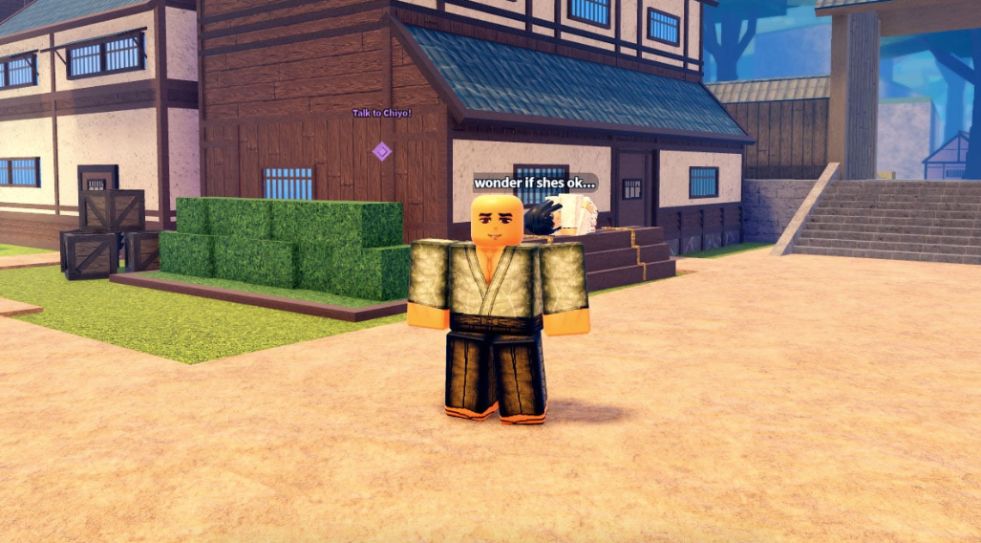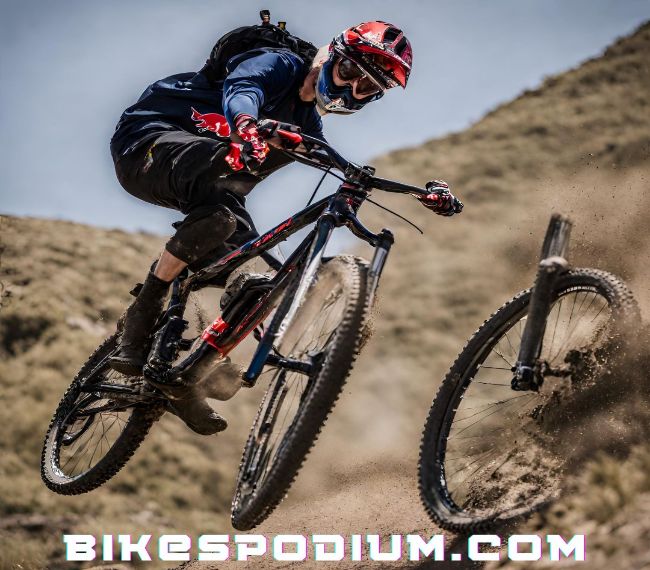Mountain biking is an exhilarating adventure that not only provides a thrilling experience but also offers an excellent opportunity to stay fit and build muscle strength. One of the key areas that can benefit greatly from this sport is your legs. In this article, we will explore various techniques and tips to help you build thicker and stronger legs through mountain biking.
Benefits of Mountain Biking for Leg Development
Before we delve into the specific strategies for building thicker legs, it’s important to understand why mountain biking is such an effective exercise for leg development. Here are some key benefits:
- Muscle Engagement: Mountain biking engages various muscles in your legs, including the quadriceps, hamstrings, calves, and glutes. The constant pedaling motion on different terrains helps to strengthen and tone these muscles, leading to increased leg size and definition.
- Resistance Training: Riding uphill and tackling challenging terrains naturally provides resistance to your leg muscles. This resistance training stimulates muscle growth and helps in building thicker legs.
- Cardiovascular Endurance: Mountain biking is an excellent cardiovascular workout that increases your heart rate and improves overall stamina. This sustained cardiovascular activity aids in burning excess fat and revealing the muscle definition in your legs.
In addition to these benefits, mountain biking also offers a low-impact exercise option, reducing the risk of joint injuries compared to other high-impact activities.
Proper Bike Setup and Fit
To optimize leg development during mountain biking, it is crucial to ensure that your bike is set up correctly and fits your body properly. Here are some key considerations:
- Saddle Height: Adjust your saddle height so that your leg is almost fully extended when the pedal is at the lowest point. This allows for maximum power transfer and engagement of leg muscles. It is important to find the right balance, as a saddle that is too high or too low can lead to discomfort and inefficient pedaling.
- Handlebar Position: Set your handlebar position to a comfortable height and distance that allows for proper body alignment and reduces strain on your legs. This will help you maintain an optimal riding position and distribute your weight evenly between your arms and legs.
- Cleat Alignment: If you use clipless pedals, ensure that your cleats are properly aligned. Proper alignment helps in efficient pedaling and reduces the risk of strain or injury. A professional bike fit session can assist in achieving the correct cleat alignment for your specific needs.
By paying attention to these bike setup and fit considerations, you can minimize the risk of discomfort, fatigue, and injury, while maximizing the effectiveness of your leg workout during mountain biking.
Technique and Riding Strategies
To effectively build thicker legs with mountain biking, it’s important to focus on proper technique and employ specific riding strategies. Here are some tips:
- Interval Training: Incorporate interval training into your mountain biking routine. Alternate between short bursts of intense pedaling and recovery periods. This type of training challenges your leg muscles and promotes muscle growth. For example, you can choose a trail with sections of flat terrain, uphill climbs, and downhill descents, allowing you to vary your intensity levels.
- Hill Climbing: Seek out hilly terrains and embrace the challenge of climbing steep slopes. Uphill riding requires increased leg power and activates more muscle fibers, aiding in leg development. Gradually increase the difficulty of the hills you tackle to continually challenge your legs and stimulate muscle growth.
- Lunges and Squats: Practice lunges and squats off the bike to further strengthen your leg muscles. These exercises target specific leg muscles and can enhance your mountain biking performance. Incorporate them into your regular strength training routine to build overall leg strength and stability, which will translate into improved biking performance.
In addition to these techniques, it’s important to maintain a relaxed and fluid riding style, using your body as a shock absorber to navigate rough terrains. This will help reduce the strain on your legs and enhance your overall riding experience.
Nutrition and Recovery
Building thicker legs with mountain biking also requires proper nutrition and adequate recovery. Here are some noteworthy considerations:
- Protein Intake: Ensure that your diet includes an adequate amount of protein. Protein is essential for muscle repair and growth. Consume lean sources of protein such as chicken, fish, beans, and tofu. Aim for a balanced diet that includes a variety of nutrients to support your overall health and fitness goals.
- Hydration: Stay hydrated before, during, and after your rides. Proper hydration supports muscle function and recovery, allowing for optimal leg development. Carry a water bottle or hydration pack with you during your rides and replenish fluids regularly.
- Rest and Recovery: Allow your body enough time to rest and recover between rides. Adequate sleep and proper recovery techniques such as stretching and foam rolling can prevent muscle fatigue and promote muscle growth. Listen to your body and avoid overtraining, as this can lead to injuries and hinder your leg development progress.
Safety Precautions
While focusing on building thicker legs through mountain biking, it is vital to prioritize safety. Here are some important safety precautions:
- Protective Gear: Always wear a helmet and other necessary protective gear such as knee and elbow pads to minimize the risk of injury. Choose gear that is specifically designed for mountain biking and meets safety standards.
- Bike Maintenance: Regularly inspect and maintain your bike to ensure it is in good working condition. This includes checking tire pressure, brakes, and overall bike functionality. A well-maintained bike ensures a safe and enjoyable riding experience.
- Trail Awareness: Be aware of your surroundings and respect the trail rules. Always yield to other trail users and maintain a safe speed to avoid accidents. Familiarize yourself with the trail difficulty ratings and choose trails that match your skill level to minimize the risk of accidents and injuries.
In conclusion, mountain biking is an excellent activity for building thicker and stronger legs. By following proper bike setup, employing effective riding techniques, and taking care of your nutrition and recovery, you can maximize your leg development potential. Embrace the adventure of mountain biking while simultaneously transforming your legs into powerful and well-defined assets. So, gear up, hit the trails, and enjoy the journey towards thicker legs!
Note: This article is written in markdown format and may need to be adjusted for publication.
FAQ
Q1: How does mountain biking help in leg development?
A1: Mountain biking engages various muscles in the legs, including the quadriceps, hamstrings, calves, and glutes, leading to increased leg size and definition.
Q2: How does resistance training during mountain biking contribute to leg development?
A2: Riding uphill and tackling challenging terrains provide resistance to leg muscles, stimulating muscle growth and helping in building thicker legs.
Q3: Is mountain biking a good cardiovascular workout?
A3: Yes, mountain biking is an excellent cardiovascular workout that increases heart rate, improves overall stamina, and aids in burning excess fat, revealing muscle definition in the legs.
Q4: How can I optimize leg development during mountain biking?
A4: To optimize leg development, ensure that your bike is set up correctly and fits your body properly, focus on proper technique and riding strategies such as interval training and hill climbing, and give attention to proper nutrition, hydration, and rest and recovery.



